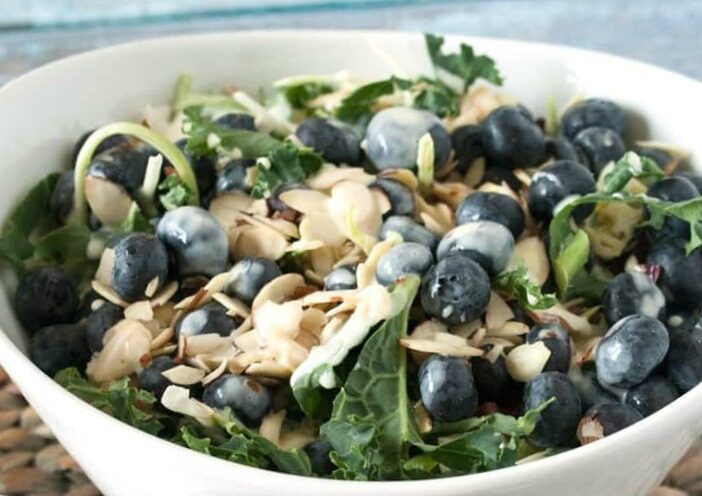When it comes to running your household, few things are more important than being able to stock your pantry with healthy, wholesome foods. That being said, getting your family to eat healthier food options instead of sugary snacks and fast food can be a challenge. This becomes even more difficult when you have a food allergy to take into account.
Unfortunately, many food allergies involve food items that are ingredients in other things. This can make it tricky to avoid them entirely. However, with the right approach to the food that you bring into your home, you can not only avoid the items that your child is allergic to, but you can also ensure that everyone is getting the nutrition they need from their food.
Here are a few tips to help you approach food allergies in your family.
Explore Healthy Alternatives
The first thing that you will want to do regarding the food allergy in your family is to discover the best, healthiest alternatives for the food item that your child is allergic to. There was once a time when this was a more difficult task as food manufacturers didn’t give food allergies the attention that they deserved. However, these days there are complete companies dedicated to producing replacement foods for some of the most common food allergies.
These replacements are generally created to mimic the original food’s taste and nutritional value as best as they can. For instance, peanut butter is a classic pantry staple in a house with kids. It contains protein and healthy fats that can contribute to growth. However, peanut allergies can have some serious results.
Thankfully, Beyond the Equator has created a healthy peanut butter alternative that is completely safe for those with a peanut allergy to consume. Moreover, it tastes great and contains plenty of nutrients. If you’d like more information, you can visit their website here.
Learn to Read Labels
The other tricky thing that comes up when you have a food allergy in the house is that many of the more common food allergies, such as eggs, milk, and soy, act as ingredients in other food items. This is why it is crucial for you to get into the habit of reading labels every time you purchase a packaged food item.
Not only will this help you to avoid the ingredient that your child is allergic to, but it will also help you become more aware of the foods that you are bringing into your house. A good rule of thumb is that if you don’t understand or recognize an ingredient, it isn’t something you should be bringing home to your family.
If you have a child with a food allergy and one without, you might not want to cut out all options that are safe for your allergy-free child to consume. If this means that you do purchase some food items that contain the allergen, make sure to label it clearly or keep it on another shelf so that your child with the allergy doesn’t accidentally consume it.

